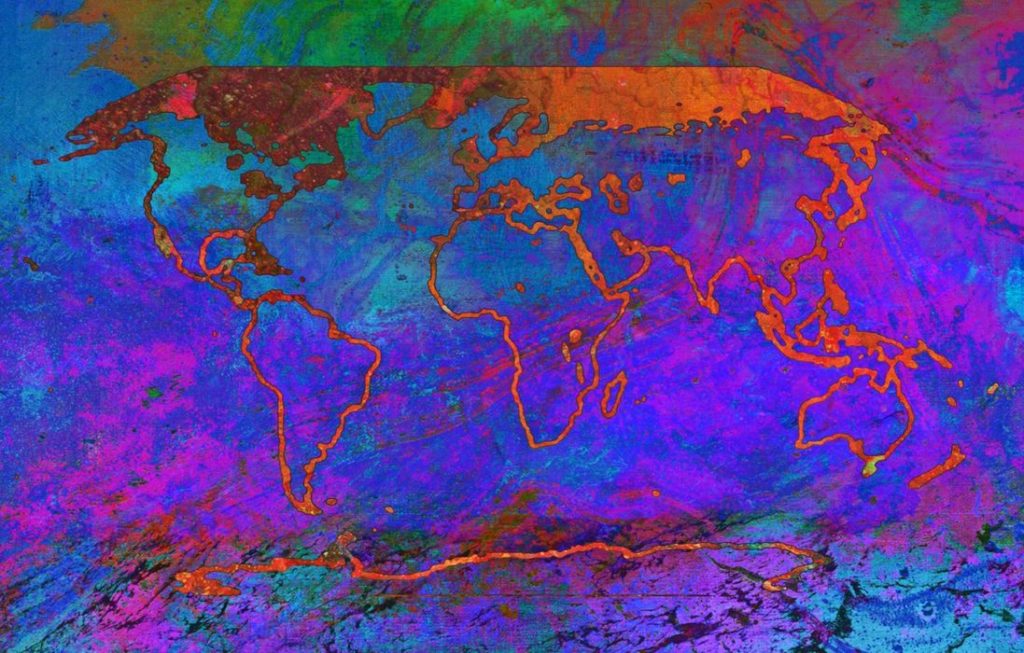
I dreaded the release of the latest IPCC report this week, although it was clear long ago what would be in it.
The report details the latest information as collected by the world’s scientists and researchers on our ongoing climate emergency, and it’s not good news at all.
I’m not using the terms “Global Warming” or “Climate Change” because at this point they are too tame. I prefer the term “Climate Emergency”.
Because it is one.
Please consider using that terminology yourself; it may help motivate those around you.
The IPCC Sixth Assessment Report states in the strongest possible way we are in deep trouble, now past the point where we can keep the world as it was. They say:
“It is unequivocal that human influence has warmed the atmosphere, ocean and land. Widespread and rapid changes in the atmosphere, ocean, cryosphere and biosphere have occurred.”
The predictions in the report say we are on track to exceed critical temperature thresholds unless very dramatic action is taken within the next few years:
“Global surface temperature will continue to increase until at least the mid-century under all emissions scenarios considered. Global warming of 1.5°C and 2°C will be exceeded during the 21st century unless deep reductions in CO2 and other greenhouse gas emissions occur in the coming decades.”
The side effects of the temperature rise will increase in the future, in spite of what we see today as extreme events. Today’s incredible weather events are just the beginning of a very difficult period for humanity. And they are not going away, even now:
“Many changes due to past and future greenhouse gas emissions are irreversible for centuries to millennia, especially changes in the ocean, ice sheets and global sea level.”
Most chillingly, they describe outlier events that could cause absolutely catastrophic situations are more likely to happen:
“Low-likelihood outcomes, such as ice sheet collapse, abrupt ocean circulation changes,
some compound extreme events and warming substantially larger than the assessed very
likely range of future warming cannot be ruled out and are part of risk assessment.”
I encourage you to read the report, particularly the policy maker’s summary, which provides an overview of the emergency.
If you’re like me, you want to do something to mitigate the effects of temperature rise before things become even worse.
3D printing is one of the technologies that may indeed have a key influence on the outcome of our climate emergency. The technology has several attributes that could contribute to lowering energy use in multiple ways. For example:
- 3D printing parts in a remote location avoids or reduces shipping requirements
- Complex designs can lower the weight of parts and make vehicles more efficient
- Additive approaches use less material than subtractive, so less material is required
- Advanced materials can enable substitution of low-energy parts for traditional high-energy parts
And so on.
But there are major problems in that many manufacturers don’t yet understand the opportunities for sustainable solutions using 3D printing.
3D printing companies each tend to use different terminology or approaches when explaining to their customers and prospects in an effort to distinguish themselves. However, perhaps this is a moment in time when coordination is required for the good of all.
While some companies in our community are starting to take some actions on their own, better results would be obtained if coordinated efforts were undertaken. Some companies may not want to “stick their neck out” unless they’re accompanied by others, and that’s what we need to do, and do now.
Ivaldi Code Blue
One company is starting that coordination. Ivaldi Group’s CEO, Espen Siversten, stepped forward to offer coordination of efforts on supply chain opportunities. He said:
“A problem however is that the world’s manufacturing and supply chains are currently unable to support these targets. Credible solutions around retrofitting, waste reduction, on-demand manufacturing and digital supply chains are urgently needed. Additive manufacturing has a key role to play and there is an opportunity for our industry to lead the way towards net zero.
For this to happen however, we need as an industry to join together to educate our suppliers and customers. We need design and sourcing strategies that optimize for emission reductions. We need baseline reporting standards and to integrate emissions metrics in procurement standards and performance tracking. We must work across the ecosystem to amplify demand-side commitments and to push sector best practices.
As a starting point, we here at Ivaldi are putting together a virtual working group with the mission to establish best practices for net-zero on demand-supply chains.
We would like you to join us.”
What should you do?
Join them!
